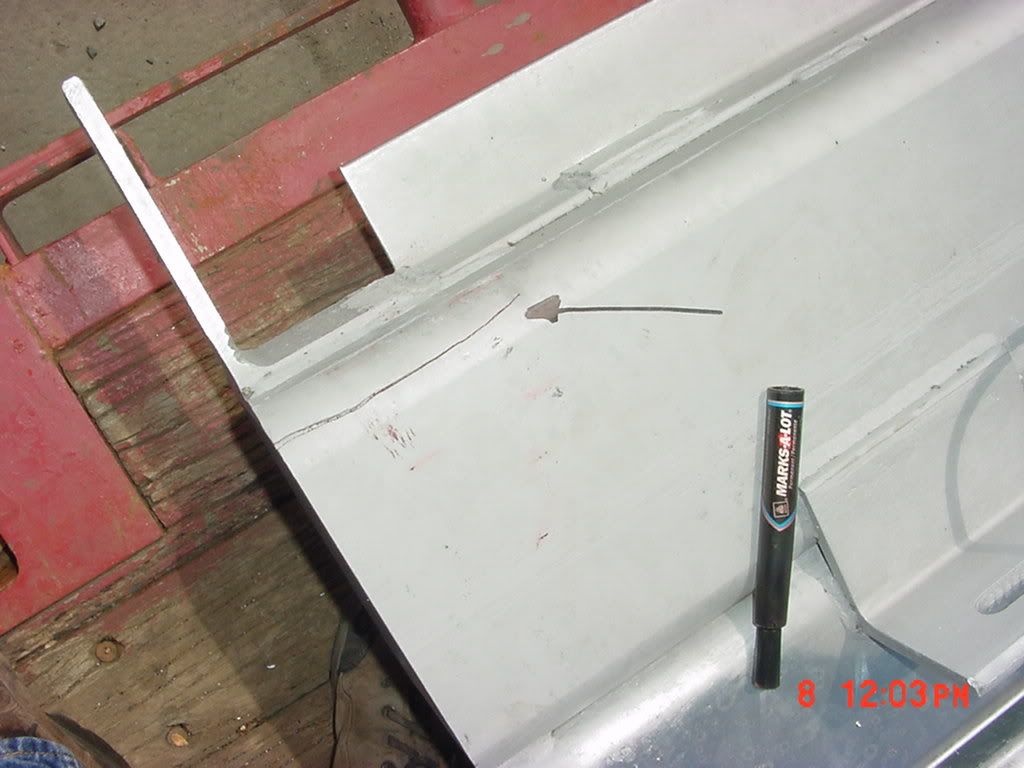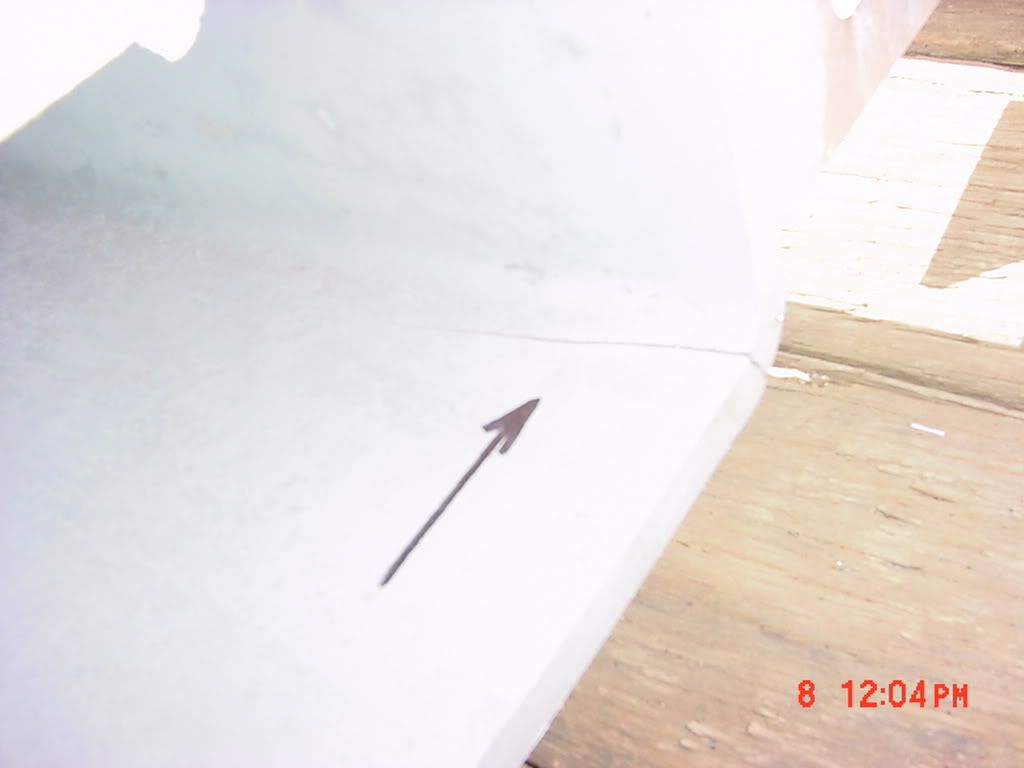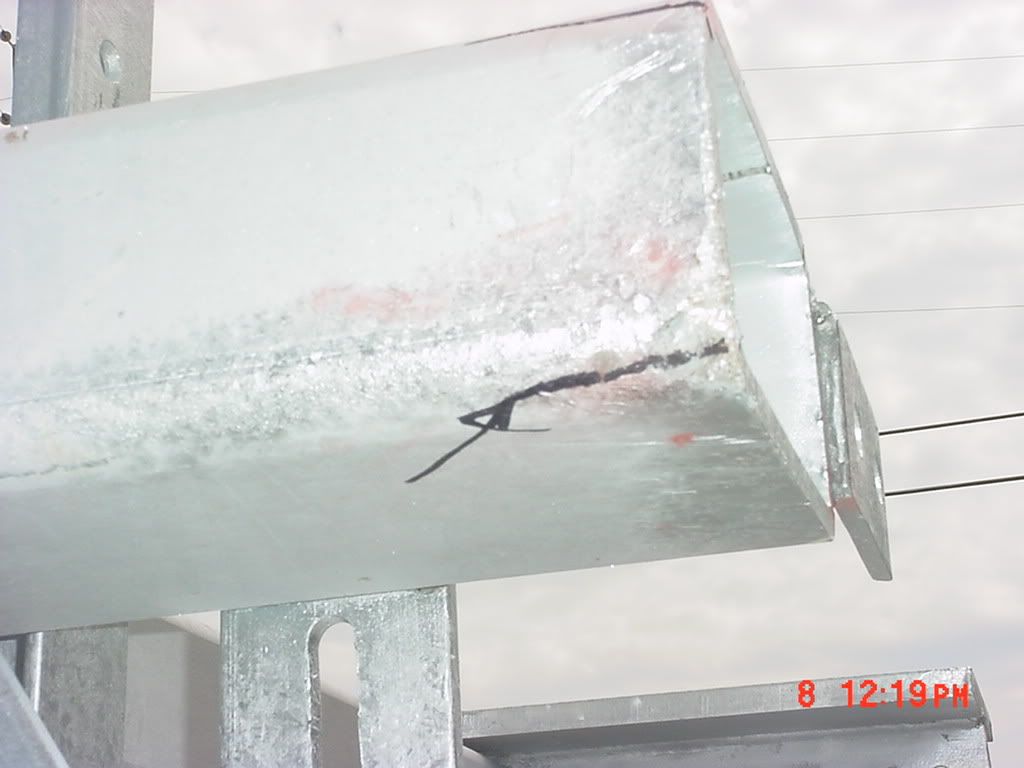This is a worldwide problem, a quick literature search will document problems in Germany, Japan, UK, South Africa and the United States.
A few papers
"Liquid metal assisted cracking of galvanised steelwork: A very rare but important issue" - 11/06/04
http://www.scoss.org.uk/publications/rtf/LMAC_Final_Version_3.pdf"Galvanizing Structural Steelwork - An approach to the management of Liquid Metal Assisted Cracking"
http://www.steelconstruction.org/steelconstruction/view?entityID=107&entityName=publication&jsp=source&sessionID=-1132669845955 The following is the link to the report from Mr. Tom Kinstler that was produced with help from AISC.
http://www.aisc.org/Template.cfm?Section=Technical_Answers&template=/ContentManagement/ContentDisplay.cfm&ContentID=30636 Along with the Summer 2004 Inspection Trends article "Inspection for Galvanization-Related Cracking in Steel Structures"
Tin, Bismuth and other low-melting points elements in the galvanizing bath do play a role in Liquid Metal Embrittlemnt or Liquid Metal Assisted Cracking.
From the Fall 2005 Inspection trends article -
"The presences of low melting point elements such as Tin and Bismuth, in the galvanizing melt have a role in causing LME. However, the relative significance of melt-composition in the galvanizing bath on the potential for steel cracking is not fully understood.
The inspector should always obtain a copy of the bath analysis, looking at the Tin, Bismuth and Lead level. SEM and XDS analysis of the crack surfaces have indicated high concentrations of these elements in the cracks. If the %Tin (wt) + % Lead (wt) is greater than 1.3% (by weight) or the %Bismuth (wt) is greater than 0.1% (by weight) a closer examination for cracking is warranted, preferable with Dry AC Yoke MT."
A literature search will reveal that cracking due to liquid metal embrittlement during galvanizing of steel, has been known since at least the 1930s. Known only as an occasional minor problem, until recently. During the past decade, galvanizers have increased their kettle size allowing larger items to be dipped as a single piece. As these assemblies have increased in size and complexity so have the occurrences of LME increased. In the mid 2002 several cracks were visible observed in a newly erected galvanized truss bridges. The crack surfaces observed were coated with the galvanizing alloy. To determine if additional cracking had occurred several non-destructive examinations methods were evaluated. By employing the common, low cost NDE method of AC yoke magnetic particle inspection yielded the observation of many additional hidden cracks. A key paradigm of cracks is they never heal themselves nor go away, but continue to increase in size over time, eventually growing large enough to cause a failure. Complex assemblies, like road sign structures, roof trusses, communication towers and bridges, all share the three ingredients for a hidden LME crack to occur; stress, liquid metal contact and material susceptibility.
Since there is a potential for a catastrophic failure to occur with a galvanized structure, methods to locate the discontinuities are required. Current, traditional technologies include: Visual, Magnetic Particle, Ultrasonics, manual and automated Shear Wave, and Phased Array UT, Eddy current and ACFM Alternating Current Field Measurement. Out of these Magnet Partcile MT and ACFM Alternating Current Field Measurement work the best to uncover these defects/discontinuities.
In a fabrication shop the assemblies should be inspected prior to galvanizing, as per many of the fabrication codes and specifications that currently exist, i.e. direct observation of the welds and base material. However, these same codes do not require and inspection, sans cosmetic appearance following Galvanizing.
Discontinuities that could result in a catastrophic failure may be hidden beneath the galvanized coatings in complex assemblies. If a failure were to occur in these assembles, the failure could result in the loss of life and property. In the UK cracks in a galvanized structure were observed after four years of service during an annual inspection when the crack grow and broke the surface this resulted in the replacement of the structure. In the US a bridge was repaired after two years of service when a crack was observed. In Germany a new parking garage showed many cope cracks and had to be replaced. Prof Sedlacek, at al, in Germany has investigated LME and Cope Cracking of Hot Dipped Steel Beams associated with a parking garage.
"Zum Feuerverzinken von Stahlkonstruktionen - Ursachen und Lösungsvorschläge zum Problem der Rißbildung "
http://www3.interscience.wiley.com/cgi-bin/jissue/110456644 "Zur sicheren Anwendung feuerverzinkter Stahlträger"
http://www3.interscience.wiley.com/cgi-bin/jissue/109568359 "Reliable application of hot dipped zinc coating of steel beams"
In all these cases the crack surfaces were covered with material from galvanizing (zinc, tin, bismuth, aluminium ...).
If you have the MTR's calculate the the Carbon Equivalent in Zinc for Valid for Carbon < 0.12%
CEZ CEZ= C + Si/17 + Mn/7.5 + Cr/4.5 + Cu/13 + Ni/17 + Mo/3.0 + V/1.5 + Nb/2 + Ti/4.5 + 420B === <0.44
CEZ should be less tan or equal to 0.44
I am a firm believe that a bath analysis is required, and should be given to the customer. However with the ASTM Committee A05 on Metallic-Coated Iron and Steel Products consists of many galvaniziers that are opposed to this. Many State DOT's are now requiring a bath analysis, so this might change.
edit" added url tags so that the links are now clickable-JW




